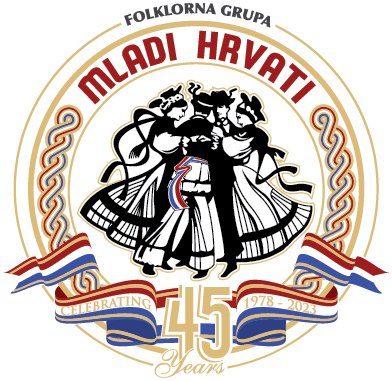Tamburica Classes
History of the tamburica
The tamburica (or tambura) is a traditional plucked string instrument that came about during the Byzantine Empire. It is thought that the tamburica was first introduced to Croatia between the 14th and 16th century through Turkish conquests. It then spread further throughout Croatia with the migrations of Šokci (Slavonci) and Bunjevci in the Bačka region. It was during the 19th century where Croatian nationalist movement had a direct impact on the popularity of the tamburica. This resulted in the tamburica being recognised and adopted as the national folk instrument of Croatia.
Tamburica in Croatian folklore
Croatians have long used folk songs and dance as an expression of their national identity. Traditional Croatian folk dance is usually accompanied by an instrumental orchestra. The tamburica is the primary instrument used in traditional Croatian folk music, and usually consists of three to 10 players. The instruments within an instrumental folk orchestra can vary depending on the region of folklore that is being represented. For example, in the north of Croatia, additional instruments such as violins and clarinets are used due to the influence of neighboring country, Hungary.
Types of tamburica instruments
The number of strings on a tamburica can vary, depending on the instrument. It may have single or double-coursed strings, or a mixture of both. The basic forms of tamburica instruments are:
- The Samica- three double strings.
- The Prim - one double string, E, and three single strings H, F#, C#. This is the smallest tamburica (about 50 cm long), but is also one of the loudest. It is mostly used as a lead instrument or harmonizing instrument. The Bisernica is almost identical but may have two double strings and two single strings.
- The Bas-prim or Brač - two double strings and three single strings. This is a slightly bigger, lower instrument than the bisernica but it is played in a similar fashion.
- The Čelović - two double strings and two single strings.
- The Bugarija or Kontra - one double string D and three single strings, it looks very similar to a guitar. A Bugarija has five strings, the bottom pair are D, the middle string is A and the top two are tuned F#.
- The Čelo - four strings, similar in size to the Bugarija and is used for dynamics.
- The Bas or Berda also called Begeš - four strings. It is the largest instrument in the tamburica family, and is similar to the contrabass. It can only be played standing and is used for playing bass lines.
